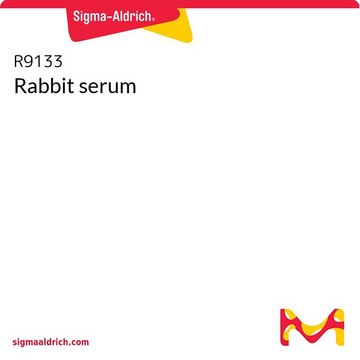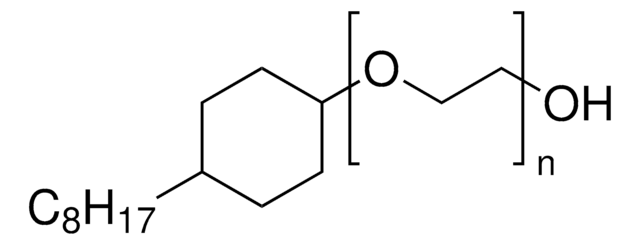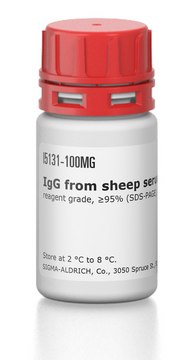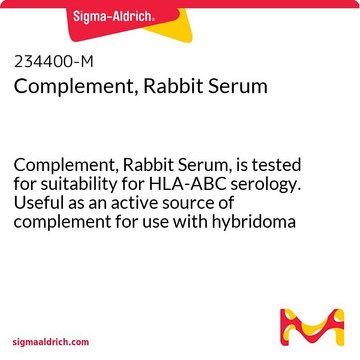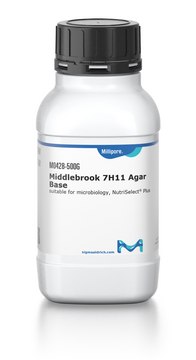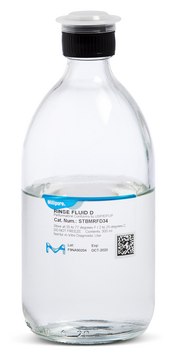B8291
BSK-H Medium, Complete
With 6% rabbit serum, liquid, sterile-filtered, suitable for cell culture
Synonym(s):
Barbour-Stoenner-Kelly medium, Borrelia burgdorferi medium
About This Item
Recommended Products
Product Name
BSK-H Medium, Complete, sterile-filtered, with 6% rabbit serum, suitable for Borrelia burgdorferi
Quality Level
sterility
sterile-filtered
form
liquid
suitability
suitable for Borrelia burgdorferi
application(s)
food and beverages
components
NaHCO3: 2.068 g/L
phenol red: 0.01997 g/L
glucose: 5.64 g/L (Dextro)
HEPES: 5.64 g/L
shipped in
dry ice
storage temp.
−20°C
Application
Biochem/physiol Actions
Barbour-Stonner-Kelly (BSK) medium is a modified medium for the culture of Borrelia strains that cause lyme borreliosis. BSK medium is a cheaper alternative for the selective culture of B. burgdorferi s.l. strains but not B. afzelii strain.
Preparation Note
also commonly purchased with this product
Storage Class Code
12 - Non Combustible Liquids
WGK
WGK 3
Flash Point(F)
Not applicable
Flash Point(C)
Not applicable
Regulatory Information
Choose from one of the most recent versions:
Certificates of Analysis (COA)
Don't see the Right Version?
If you require a particular version, you can look up a specific certificate by the Lot or Batch number.
Already Own This Product?
Find documentation for the products that you have recently purchased in the Document Library.
Our team of scientists has experience in all areas of research including Life Science, Material Science, Chemical Synthesis, Chromatography, Analytical and many others.
Contact Technical Service
